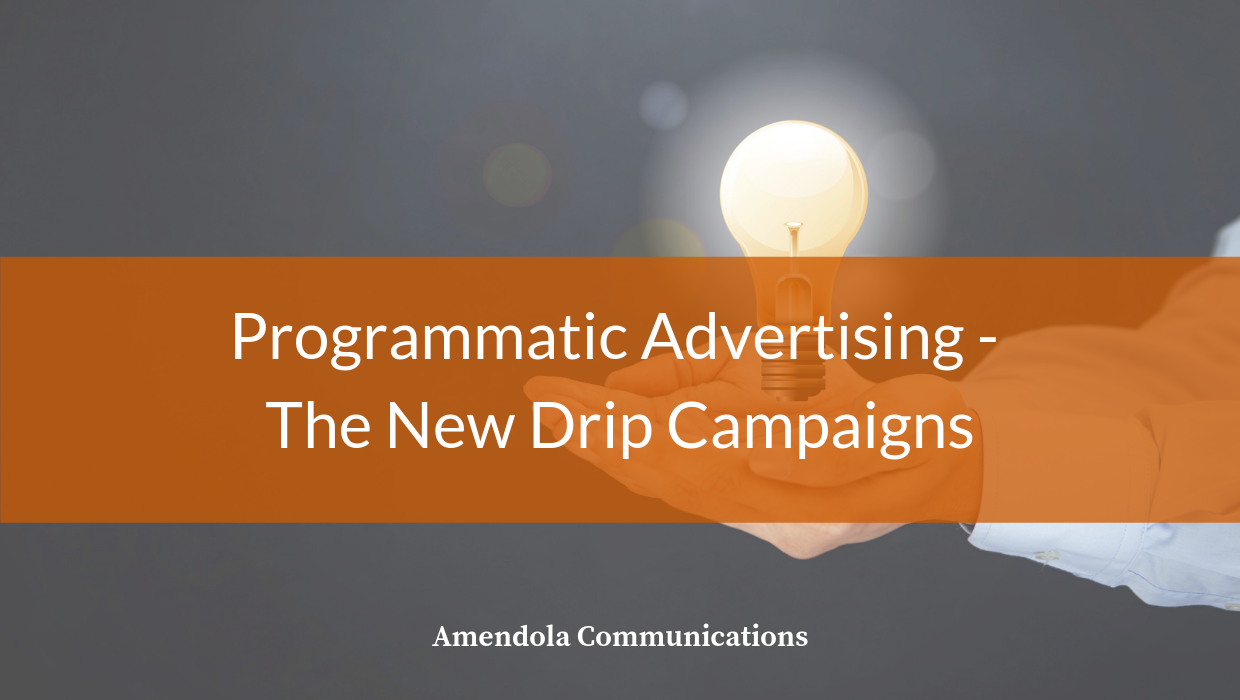Earlier this month, eMarketer covered research from Dun & Bradstreet about the growth of programmatic marketing and how it will influence account-based marketing. Interestingly, 63% of B2B marketers in the research were using programmatic buy in their efforts and 48% were using personalization for their ad placements.
The example of how B2B marketers are using this type of ad placement showed they start generic. Then, as the person interacted with the brand, the ads became more focused on product details with the goal to close the deal.
Over the last decade, the evolution of this type of marketing has been fascinating to me. In the mid-2000s, I can remember working with clients to purchase and scrub email lists, then combining them with client lists and a list curated from tradeshows to blast emails about webinars or new product information. Today, we can use a multitude of tools to target our current prospects and even target prospects we are unaware of with lookalike profiles based on profitable clients.
While this evolution has been wonderful and tailormade to get the information into the hands of decision-makers or influencers at the exact right time, one comment in the eMarketer article really stuck out to me. Steve Weeks, director of media strategy and planning at Adobe, stated that you have to serve “relevant content” and that you can’t “overexpose people to one message.”
As I sat and thought about this comment, I felt that this is the ongoing battle mar-comm and sales have been having in B2B companies since the start of drip campaigns do you hit the target over the head with your message and product or do you steadily make yourself a go-to resource that educates the target market about trends?
I personally see the value in the latter approach, where you become the go-to resource that not only looks at trends but also educates the industry about the impact it will have on their business. With a variety of resources ranging from webinars to white papers to online ROI calculators and more, if brands build themselves up as educators, prospects will trust them more in the long run and hopefully you will be the source they turn to when they need new technology.
